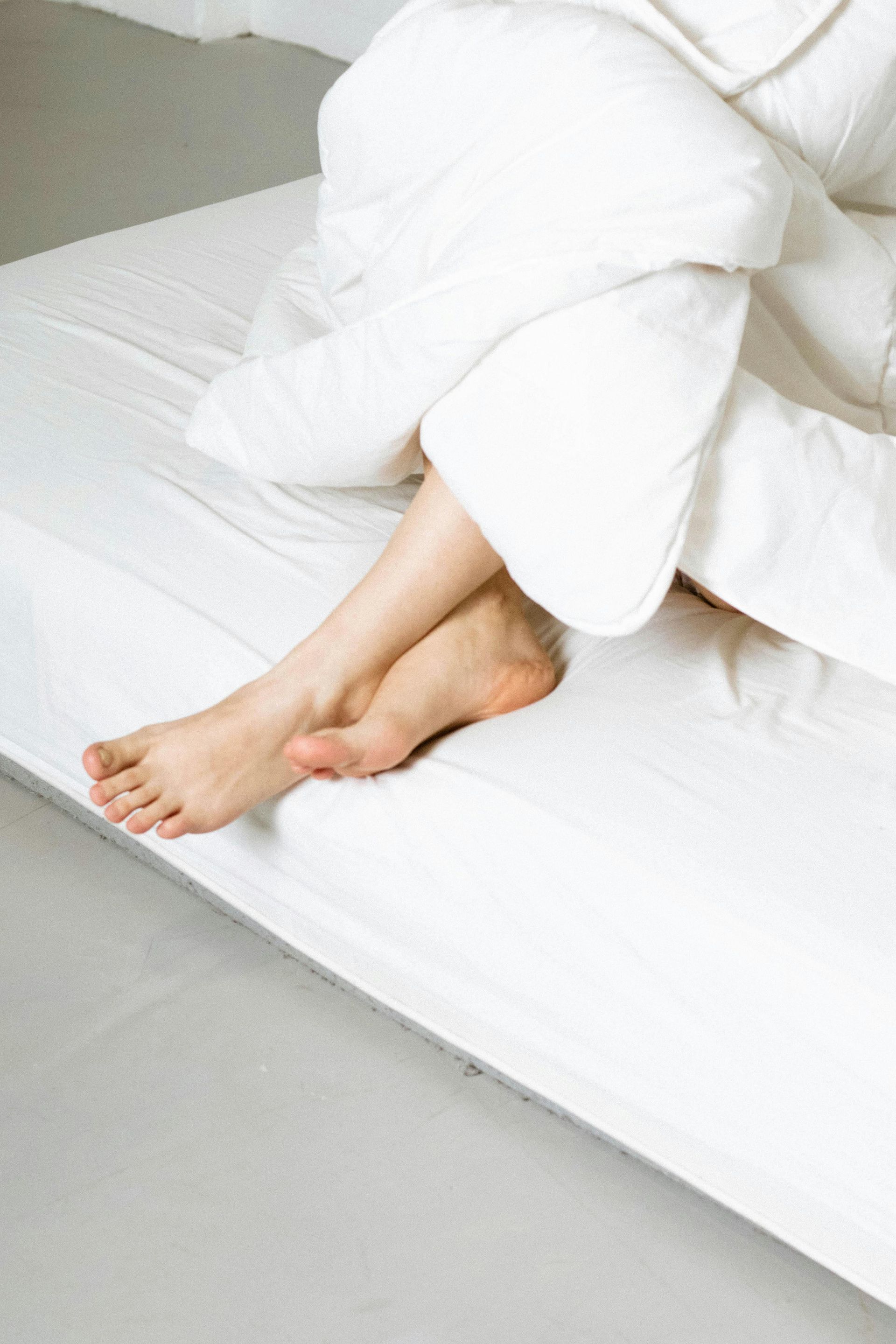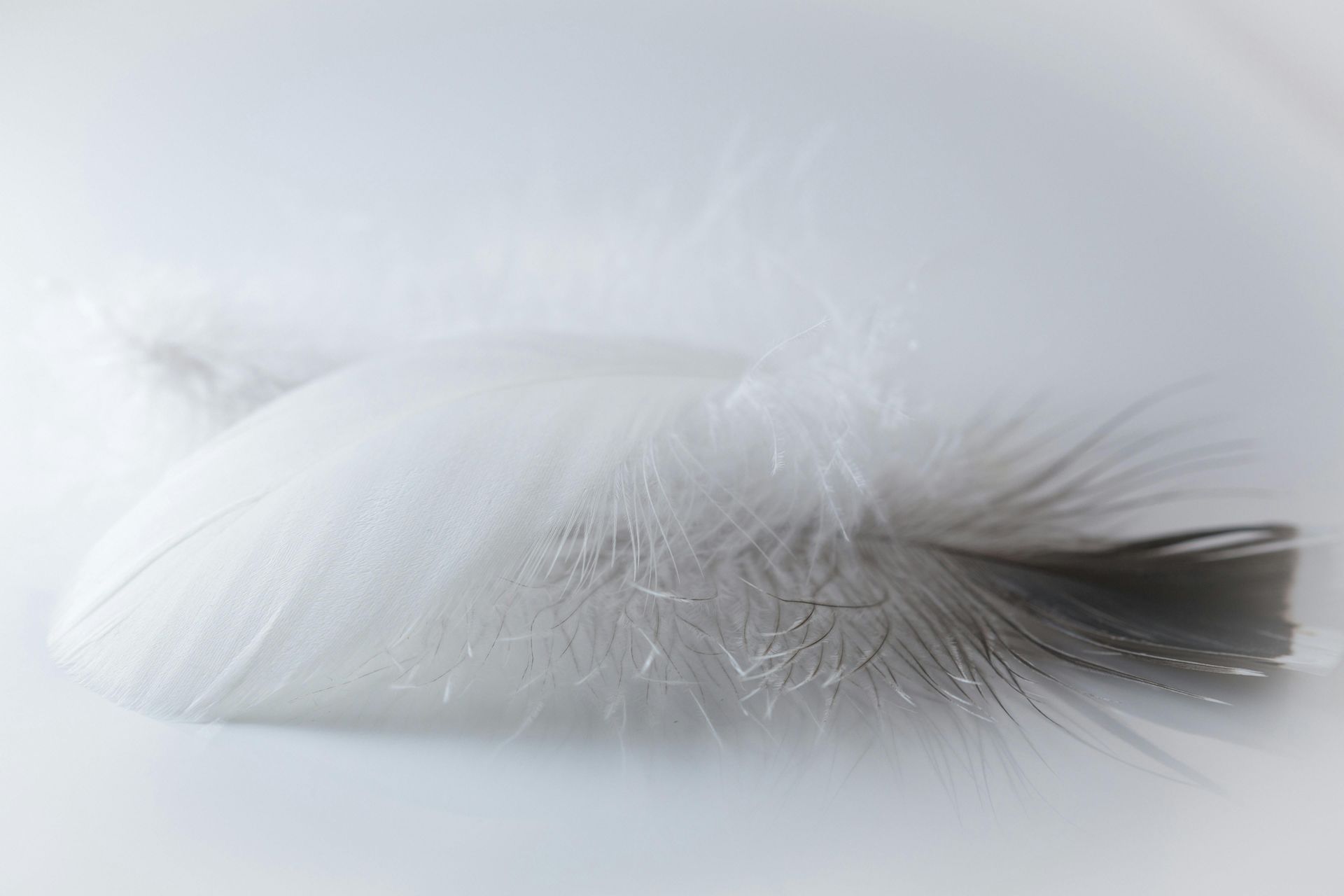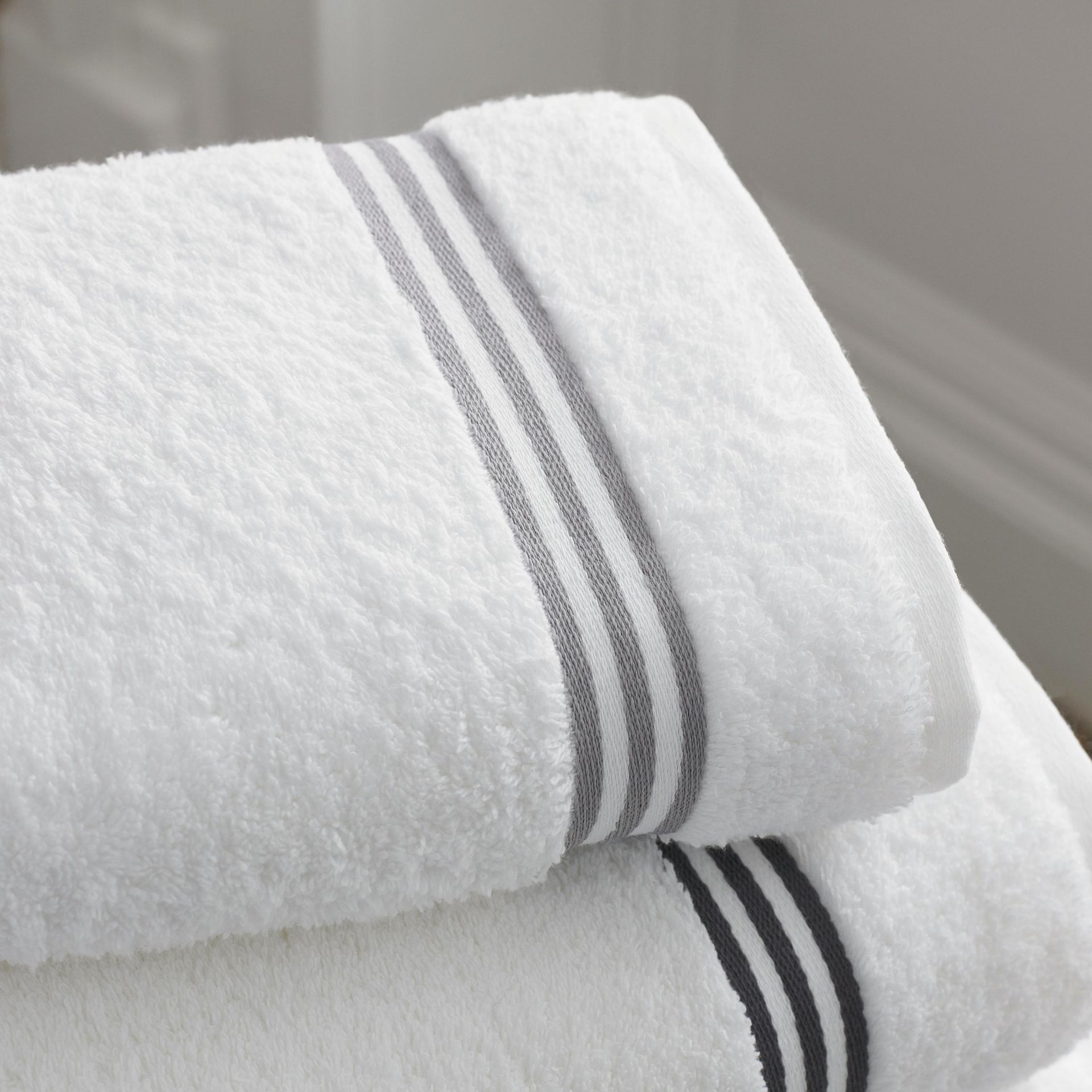What is the Difference Between Comforter and Duvet?
When shopping for bedding, the terms "comforter" and "duvet" are often used interchangeably, leading to confusion among consumers. However, these are distinctly different bedding items with their own advantages and uses. Understanding the differences can help you make the right choice for your bedroom and sleeping preferences.
The Basic Difference
Comforter: A thick, quilted, fluffy blanket that is used as the top layer of bedding. It is typically filled with synthetic fiber, down, or feather filling and quilted to secure the filling in place. Comforters are usually designed to be used as is, without a cover.
Duvet: A soft flat bag filled with down, feathers, wool, or synthetic alternatives. A duvet is designed to be used with a removable cover, called a duvet cover. The word "duvet" comes from the French word for "down."
Now, let's dive deeper into specific questions about these bedding options.
Is a Duvet Better Than a Comforter?
Whether a duvet is better than a comforter depends on your personal preferences and priorities:
Advantages of Duvets:
- Easier to Clean: Since you only need to wash the duvet cover (not the insert), maintenance is simpler
- Versatility: You can change duvet covers to match seasons or décor without replacing the entire bedding
- Warmth-to-Weight Ratio: Duvets, especially those filled with down, typically provide more warmth with less weight
- Simplicity: A duvet with cover can eliminate the need for top sheets, blankets, and bedspreads
Advantages of Comforters:
- Ready to Use: No assembly required—they come ready to put on your bed
- Decorative: Often available in various patterns and colors to match bedroom décor
- Stay in Place: Less shifting of filling due to quilted construction
- Price: Generally less expensive upfront (though this varies by quality)
The "better" option really comes down to your preferences regarding maintenance, versatility, and aesthetics.
Can I Use My Comforter as a Duvet?
Yes, you can use a comforter inside a duvet cover, though there are some considerations:
- Size Matching: Ensure your comforter and duvet cover are the same size for the best fit
- Securing Methods: Comforters lack the corner ties that duvets have for securing to duvet covers, which may result in bunching or shifting
- Thickness: Comforters are often bulkier than duvet inserts, potentially making them difficult to fit into some duvet covers
- Appearance: The quilted pattern of a comforter may show through a duvet cover, affecting the smooth appearance that duvet covers typically provide
This approach can be a practical solution if you already own a comforter but want the versatility and easy-cleaning benefits of a duvet cover.
Do Hotels Use Duvets or Comforters?
Most upscale and luxury hotels today use duvets with covers rather than traditional comforters. Here's why:
- Hygiene: Duvet covers can be easily removed and washed between guests, ensuring cleanliness
- Efficiency: Housekeeping staff can quickly change duvet covers rather than replacing entire comforters
- Luxury Feel: Down or high-quality synthetic duvets provide the plush, cloud-like sleep experience that luxury hotels want to offer
- Clean Appearance: The crisp, white duvet cover creates the iconic "hotel bed" look that many establishments strive for
Some budget hotels may still use comforters, particularly those with patterns that don't show stains as easily, but the industry standard has largely shifted toward duvets with white covers.
Which One is Warmer, a Comforter or a Duvet?
Warmth depends more on the filling material, fill power (for down products), and construction than on whether the item is a comforter or duvet. However, there are some general differences:
- Duvets are traditionally designed for warmth and often contain higher fill power down or denser filling. The duvet cover adds an additional layer of insulation.
- Comforters are available in various weights, from lightweight summer options to heavier winter versions, but they're frequently designed as a middle-ground option that works year-round.
For maximum warmth:
- Look for high fill power (600+) in down products
- Consider baffle-box construction for more loft
- Choose natural materials like down or wool for superior insulation
If you live in a colder climate, a high-quality duvet with an appropriate tog rating (warmth measurement) will typically provide more warmth than a standard comforter.
Can You Put a Comforter in a Washing Machine?
Most comforters can be washed in a washing machine, but there are important considerations:
- Size: Standard home washing machines may not accommodate king or queen-sized comforters properly. Consider using a commercial-sized machine at a laundromat for larger comforters.
- Material: Check the care label for specific instructions. Down comforters require special care to prevent clumping, while synthetic comforters are generally more washing-machine friendly.
- Machine Capacity: Front-loading machines typically handle bulky items better than top-loaders with agitators, which can damage the comforter or cause uneven cleaning.
Washing tips:
- Use a gentle cycle with mild detergent
- Avoid fabric softeners, which can coat fibers and reduce insulation properties
- Ensure thorough rinsing to remove all detergent
- Dry thoroughly to prevent mold or mildew growth
If your comforter is down-filled or particularly delicate, professional cleaning may be the safest option.
How Often Should I Wash My Comforter?
The recommended washing frequency for comforters depends on several factors:
- If Used with a Duvet Cover or Top Sheet: 2-3 times per year
- If Used Directly Against Skin: Every 1-2 months
- For Allergy Sufferers: Every 6-8 weeks may be beneficial
Factors that might necessitate more frequent washing:
- Pets sleeping on the bed
- Excessive sweating during sleep
- Spills or stains
- Illness
Between full washings, you can:
- Spot clean stains as they occur
- Air out your comforter regularly (hang outside on a sunny, dry day)
- Fluff in the dryer on a no-heat setting to remove dust
Remember that excessive washing can break down the filling and fabric over time, so balance cleanliness with gentle care to extend the life of your comforter.
Conclusion
Both comforters and duvets have their place in creating a comfortable and inviting bed. Duvets with covers offer versatility and easier maintenance, while comforters provide simplicity and ready-to-use convenience.
Your choice between these options should consider your:
- Cleaning preferences
- Desire for design flexibility
- Climate and warmth needs
- Budget considerations
- Storage space
Whichever you choose, investing in quality materials will ensure greater comfort and longevity for your bedding.











